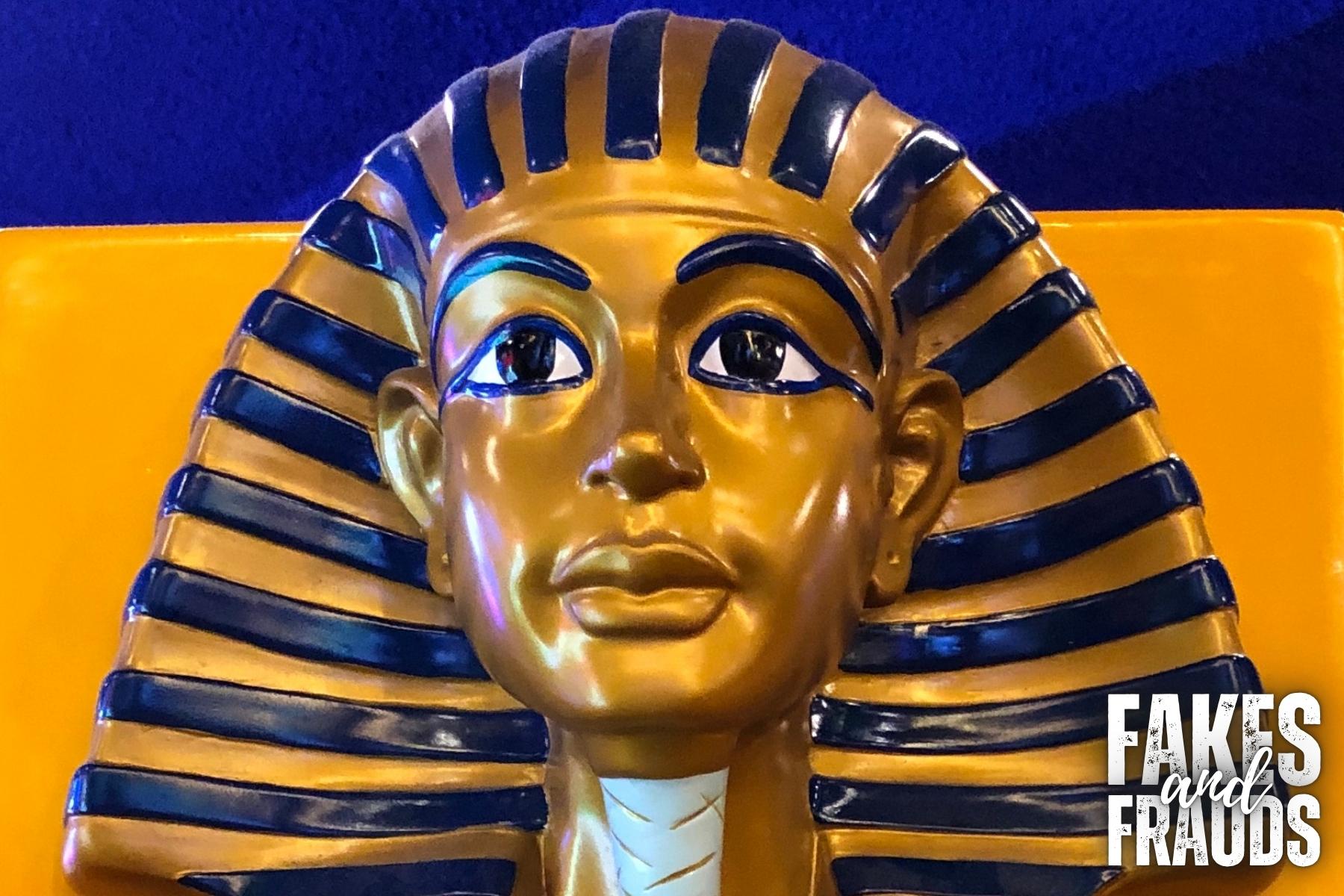If there’s one thing guaranteed to make me break out in a full-body rash of secondhand embarrassment, it’s the enduring, relentless, utterly unkillable myth of the Curse of King Tutankhamun’s Tomb.
Ninety-nine years after Howard Carter cracked open a Pharaoh’s dusty front door, we are still being subjected to whispered campfire stories about vengeful ancient magic punishing the wicked Westerners who dared disturb the Boy King’s eternal rest. Because clearly, when confronted with one of the most astonishing archaeological discoveries in human history, the only appropriate response is to immediately start shrieking about supernatural revenge instead of, say, learning something.
Let’s be absolutely clear for the slow learners in the back: the so-called “curse” was a marketing ploy. A cheap, grubby, melodramatic sideshow cooked up by sensationalist newspapers eager to sell a few extra thousand copies to a public already addled by post-war malaise and a diet of serialized ghost stories.
Lord Carnarvon, who famously died a few months after the tomb’s opening, did not succumb to a mystical death ray, a Pharaoh’s wrath, or an army of animated scarabs. He died from an infected mosquito bite aggravated by shaving — proof, if anything, that personal hygiene was a more pressing concern than supernatural curses.
Several other members of the expedition lived long, healthy, and deeply annoyed lives, with Carter himself surviving another sixteen years — an odd outcome for someone allegedly walking around with a cosmic death sentence stapled to his forehead.
But logic, of course, has never stood a chance against a good curse narrative. It’s so much more satisfying to imagine invisible hands reaching out from the underworld to strike down arrogant tomb raiders, rather than confronting the infinitely more mundane truth that Egypt, like any desert country before the invention of air conditioning, was — and remains — a breeding ground for bacteria, parasites, mold, and every other form of slow, unpleasant death you can think of. You didn’t need an ancient spell to take you out. You just needed to walk around breathing centuries-old tomb dust without the benefit of a mask, gloves, or even the most basic understanding of germ theory.
But no. The public couldn’t handle that. Instead, the “Curse of the Pharaohs” was born — and has since metastasized into endless bad documentaries, lurid paperback novels, low-budget horror movies, and midnight History Channel specials featuring slow zooms on statues while ominous theremin music plays in the background.
Somewhere along the way, serious archaeology got elbowed into the ditch to make room for breathless whisperings about “ancient magic” and “forgotten powers” and other mystical nonsense better suited to a fifth-grade Halloween party than a field based on actual evidence.
Meanwhile, every new archaeological discovery has to fend off the inevitable gaggle of conspiracy theorists muttering about curses and cover-ups, as if opening a tomb without being instantly vaporized is somehow suspicious. It’s bad enough when the tourists start babbling about bad luck and ancient vengeance because their fanny pack zipper broke on the tour bus.
It’s even worse when otherwise educated adults nod solemnly at cocktail parties and say things like, “Well, you know, they say everyone who touched Tut’s tomb died mysteriously,” as if they haven’t just vomited up a factoid with the nutritional value of a gas station hot dog.
The Pyramids, the tombs, the monuments — they’re not mystical batteries. They’re not booby-trapped escape rooms designed to punish curiosity. They’re human achievements, built by people who bled, sweated, dreamed, and died like every other poor fool who’s ever dragged himself across this planet. Reducing their work to “curse magic” isn’t just stupid. It’s a grotesque insult to the dead — and not in the way you think.
If there is a curse on King Tut’s tomb, it’s not some ancient spell whispered in a forgotten language. It’s the curse of knowing that no matter how magnificent your civilization, no matter how dazzling your craftsmanship, there will always be someone standing outside your greatest triumph selling keychains shaped like a mummy and explaining to a news crew how you died because you angered the spirits.

